Welcome to the April FrogBlog! In this months blog we will be covering the needs of critters in different environmental setups. Let’s get started!
Desert Environmental Setup
As always we start our conversation with a look at desert critters. When you think of desert critters you probably think of a bearded dragon in a hot sandy desert or a desert tortoise trudging across hot sands, however there is much more variety when it comes to desert critters and environments. For example savannah monitors are considered desert critters because despite living in the grassy savanna they still require high heat and low humidity to live a happy and healthy life. You also have critters such as kangaroo rats, prairie dogs, uromastyx, desert scorpions, and so many more that live in a variety of desert environments.
Despite the variety of places your desert critter can live they all require very similar care. Desert critters require a humidity of between 25-35% and temperatures that range from 75-110 degrees Fahrenheit. Another important aspect of the desert environment is a higher UV index. Having the proper systems in place to help maintain the high heat, lower humidity, and proper UV index needed by your critter is important.
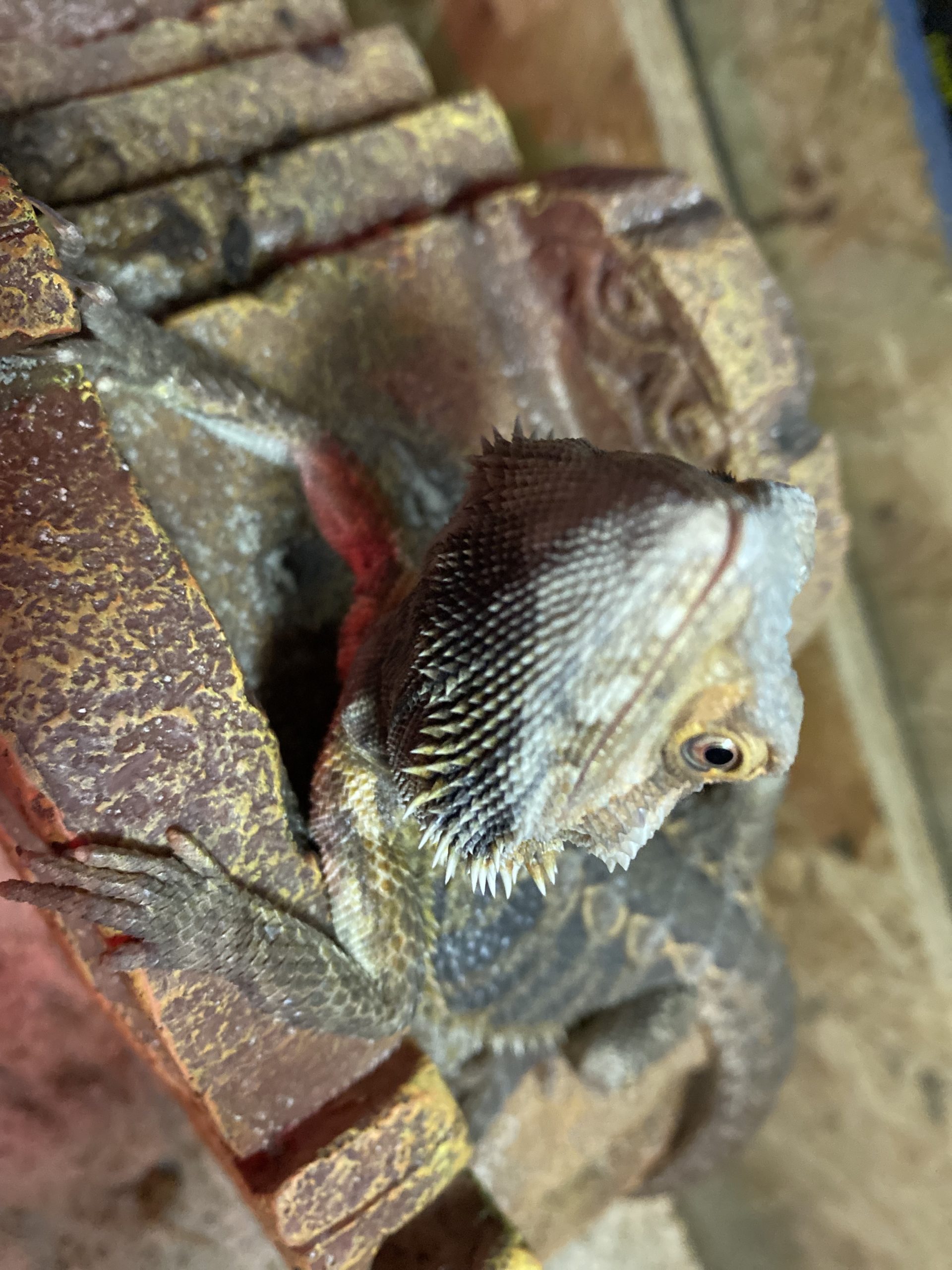
Now that we’ve covered what your critter needs to survive let’s talk about what they need to be comfortable and feel at home in their enclosures. Your desert critter will prefer one of three substrates. Sand, rocky terrain, or a mix of sand and soil. Sand is used for critters such as bearded dragons, leopard geckos, kangaroo rats, and other “traditional desert” critters. Rocky desert critters include: ground squirrels, canyon bats, canyon tree frogs, and many more critters. Finally our soil and sand mix would be preferred by those who live in savannah environments such as savannah monitors and prairie dogs.
However substrate is not the only thing that your desert critter needs to feel at home in their enclosure. They will also need hides so that your critter can have a safe space to rest or stow away in when they feel stressed. Your critter will also need a place to bask to be able to absorb more UV and heat, preferably something taller with a flat top so they can be closer to the light and be able to splay out to absorb the UV they need. The placement of heat lamps and UV bulbs is critical to the happiness and healthiness of your critter. When choosing hides, basking areas, and lamps consider the reach of both the heat and UV bulbs as well as how much of each your critter will need. A UV bulb’s intensity varies due to shape, size, and critter closeness.
Know your critter and their needs before buying and setting up the enclosure.
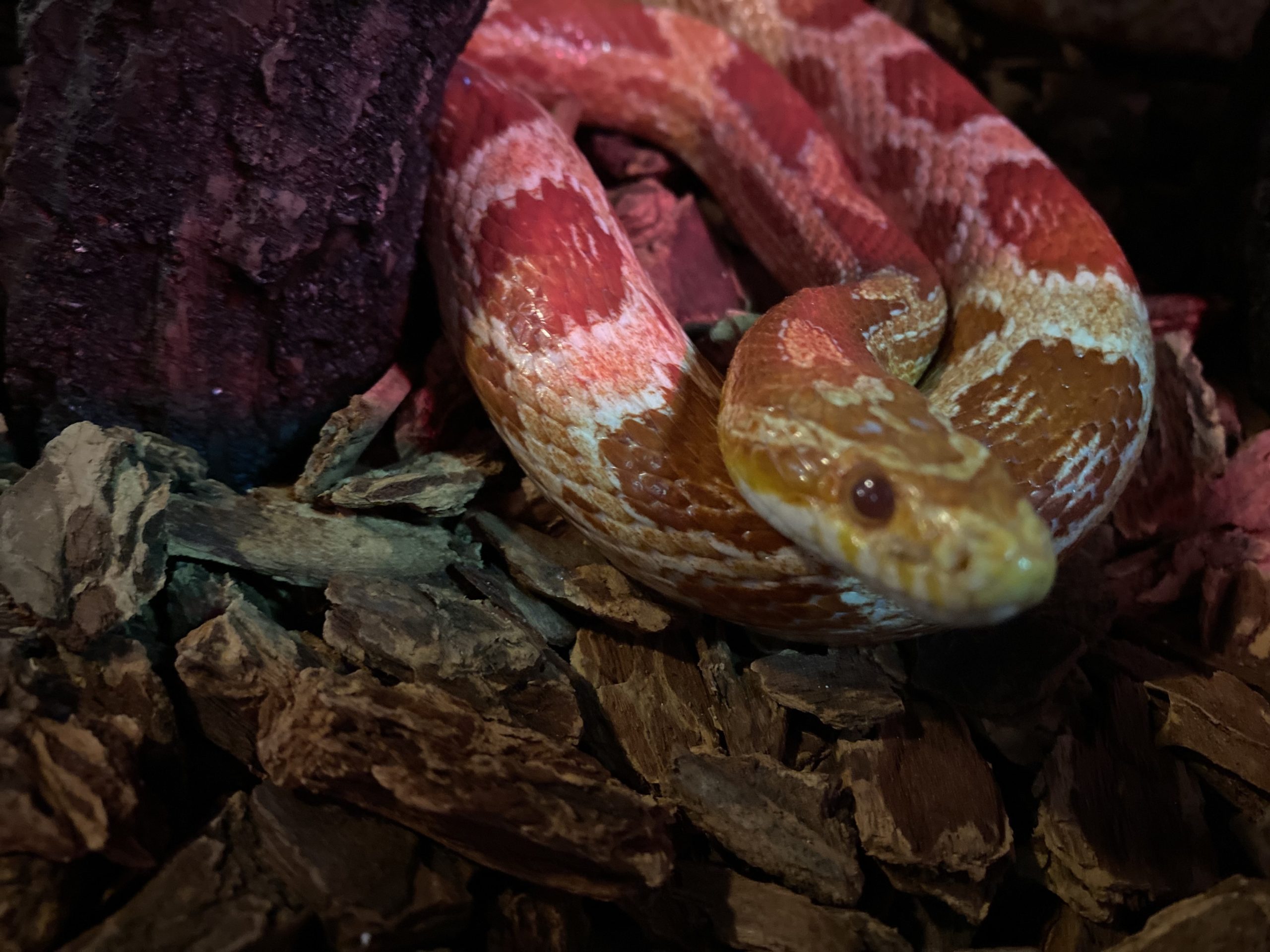
Arboreal Envoronmental Setup
Next up we have arboreal critters. While they do not have the varying environments of the other types of critters we will discuss, they are still fascinating. Arboreal critters require a humidity range of 40-55% and temperature ranges of 60-85 degrees Fahrenheit. Some arboreal critters include, most frogs and toads, turtles, corn snakes, opossums, raccoons, field mice, asian forest scorpions, and more. While each critter within the arboreal environment has specific needs the above ranges are a great starting point.
With the introduction of arboreal we also introduce water sources. Not every critter needs an open water source in their enclosure so be sure to check your critter’s specific needs before placing water sources in your critters enclosure. Adding water sources brings a whole new variety of habitats and critters. A water does not need to large. Even in a 40 gallon enclosure you can add an open water source and even have it circulate and filtered. In addition you can have a large enclosure with varying environments for example you can have an area of land surrounding a pond, the pond shore itself, you can even make a stream like water source that snakes through your enclosure if you wish.
However this also brings with it much more maintenance as you will need to filter the water and make sure you keep the water clean and free of harmful chemicals such as chlorine, chloramine, ammonia, etc. With that you can introduce bog filters and plants. We will cover this in a later blog so be sure to check back to learn more.
Tropical Environmental Setup
Now we have tropical critters, these critters vary greatly in appearance and behavior, however the general environment is the same for all of them. When you think of a tropical rainforest you may picture monkeys swinging from trees or lizards scurrying along the forest floor. That is only a small part of the life that exists in tropical environments.
These critters prefer similar humidities and temperatures to the arboreal environment. Humidity of 65-80% and temperatures of 75-90 degrees Fahrenheit will keep most tropical critters alive and happy. The difference comes with where in the tropics they live. Some prefer the forest floor such as “pac-man” frog a.k.a South American horned frogs, while some prefer to live in the canopy such as chameleons.
Most tropical critters will need access to an open source of water. Which again presents more opportunities for enclosure decorating and your enclosures “wildlife”. If the water source is big enough you can fill it with tropical fish and other water dwelling critters to make your enclosure feel alive. These water sources will most likely need to be heated, adding another aspect to monitor and control. As always be sure to do some research and see what your critter is most comfortable in.
Heat and UV are something to consider in a tropical environment as with the other environments we have discussed. If using live plants UV becomes more important. Choosing the right bulbs and heat sources can be tricky when considering live plants as well as how much UV your critter needs. We will be covering this in more detail in a later blog.
Aquatic Environmental Setup
Last but not least we have aquatic critters, as far as environment goes aquatic critters range so vastly we can’t even begin to cover the different temperatures and habitats that can be found in this environment (at least in this blog). There are critters such as goldfish, plecos, clownfish, sharks, shrimp, crabs, aquatic snails and many, many more. However there are some consistencies between all aquatic critters.
You will need to clean healthy water, and a way to help keep the water clean. You can do this through means of filters, or clean up crews. Just be sure to do your research on your aquatic critters and make sure you maintain a proper enclosure for them. Having a functioning bog filter ensures the water balance is almost always correct. Even smaller (desktop) enclosures can benefit from a bog filter. Be sure to check back for future blogs covering aquatic setups and bog filters.
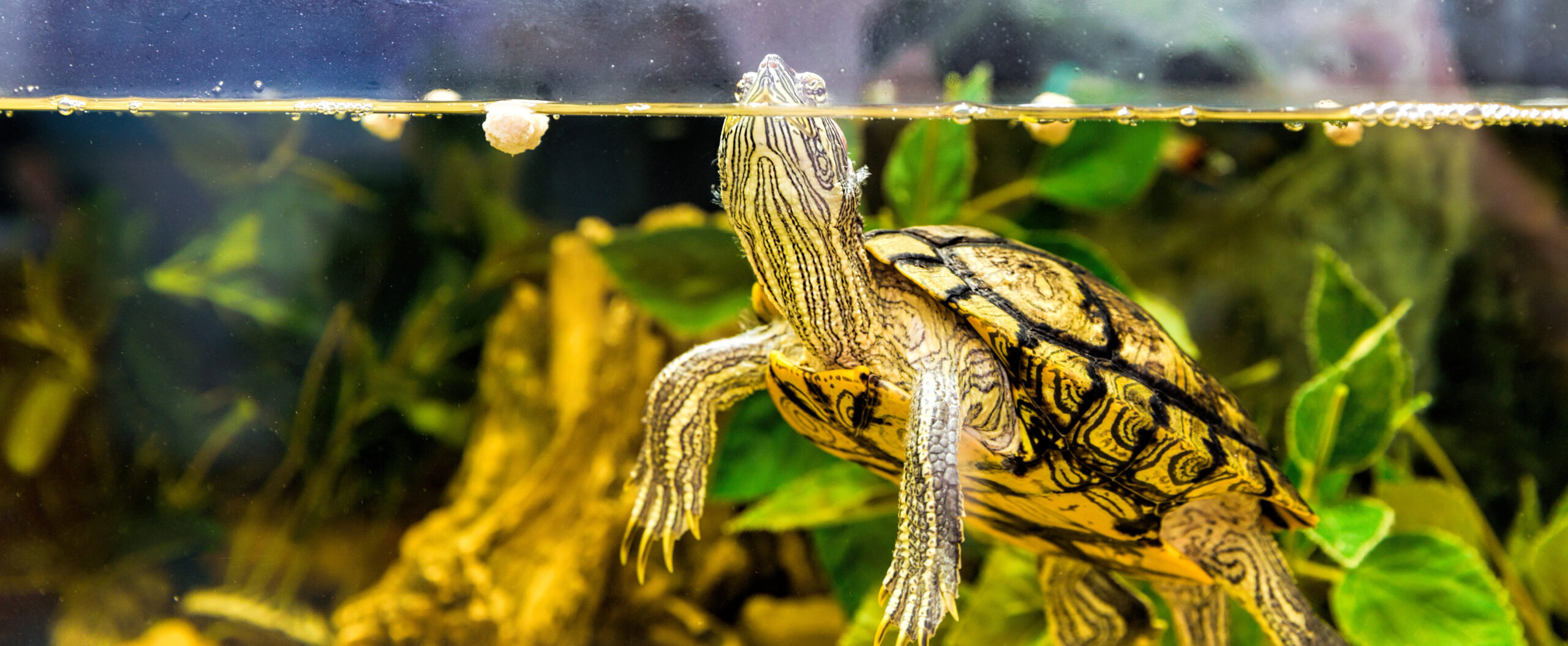
That’s All For Now
We’ve covered all the basics of the different types of critters so what was the big take away? It’s important to do your research and make sure you are able to supply what your critter needs to be happy and healthy. Remember that not all critters will want the same setup even between critters from the same environment will require different setups.
With that in mind pay attention to your critter and see what they like. Don’t be afraid to try different arrangements within the enclosure to allow your critter to explore and find what is best for them.
As always if you enjoyed this months FrogBlog be sure to come back next month for our next one, also feel free to subscribe to our Patreon and follow us on our social medias for fun and exclusive content! For those who do better listening than reading or prefer to learn while they work we also have a podcast! There we dive into what we’ve covered on this blog and break it down into more detail. So be sure to check it out!

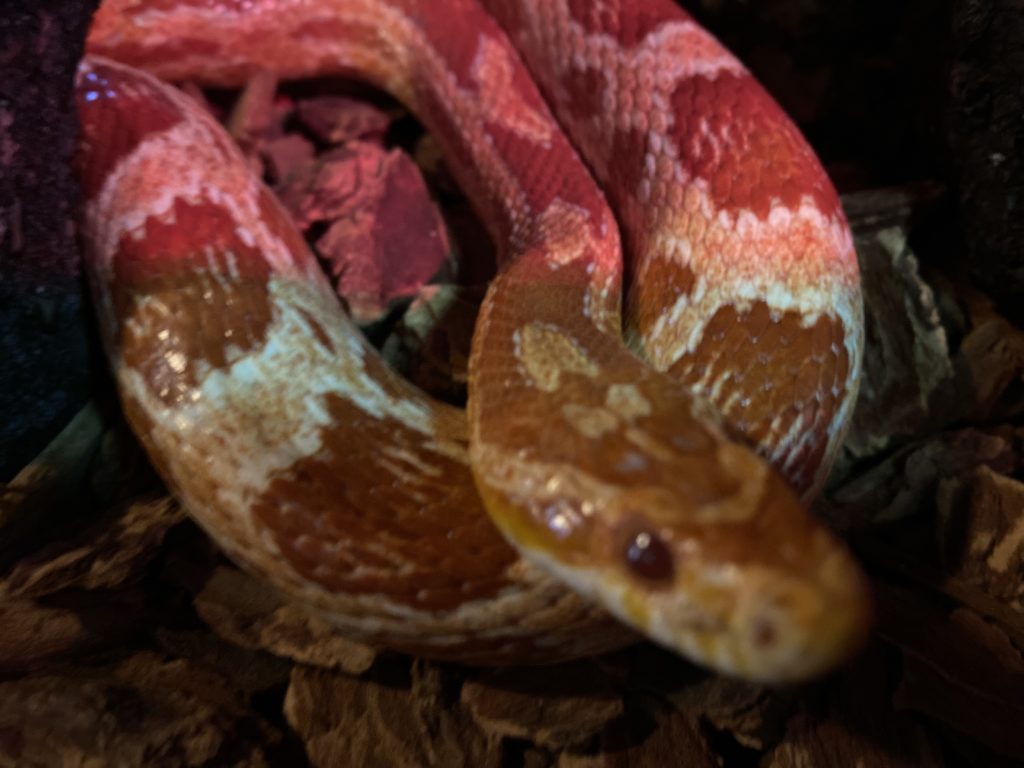

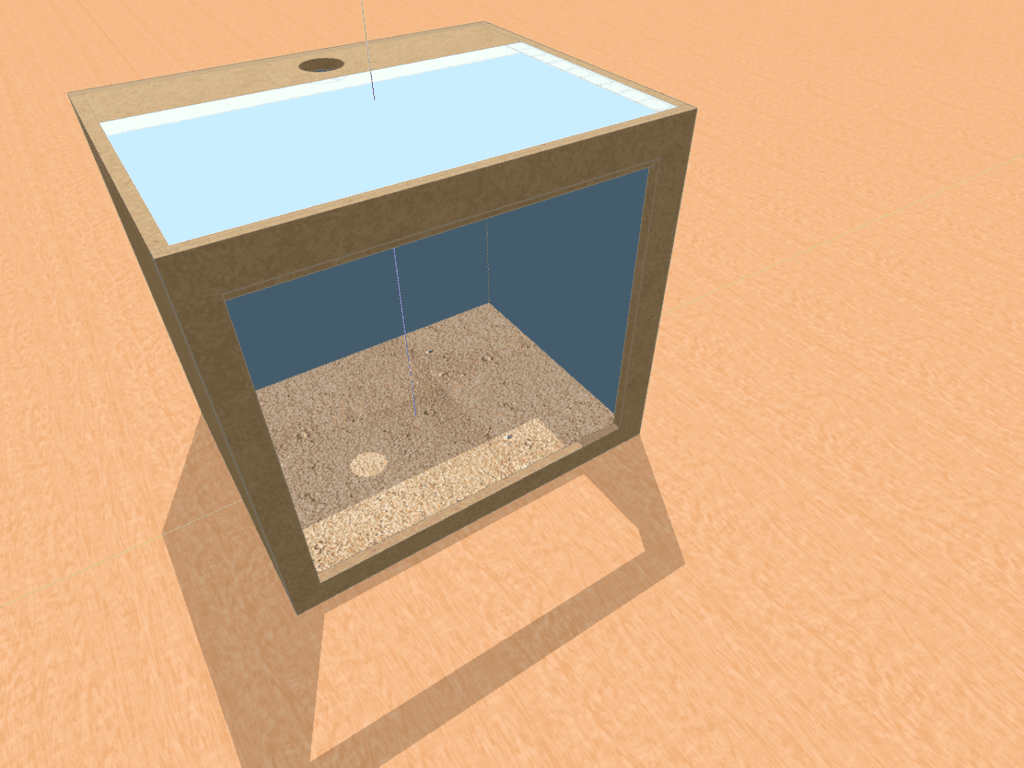
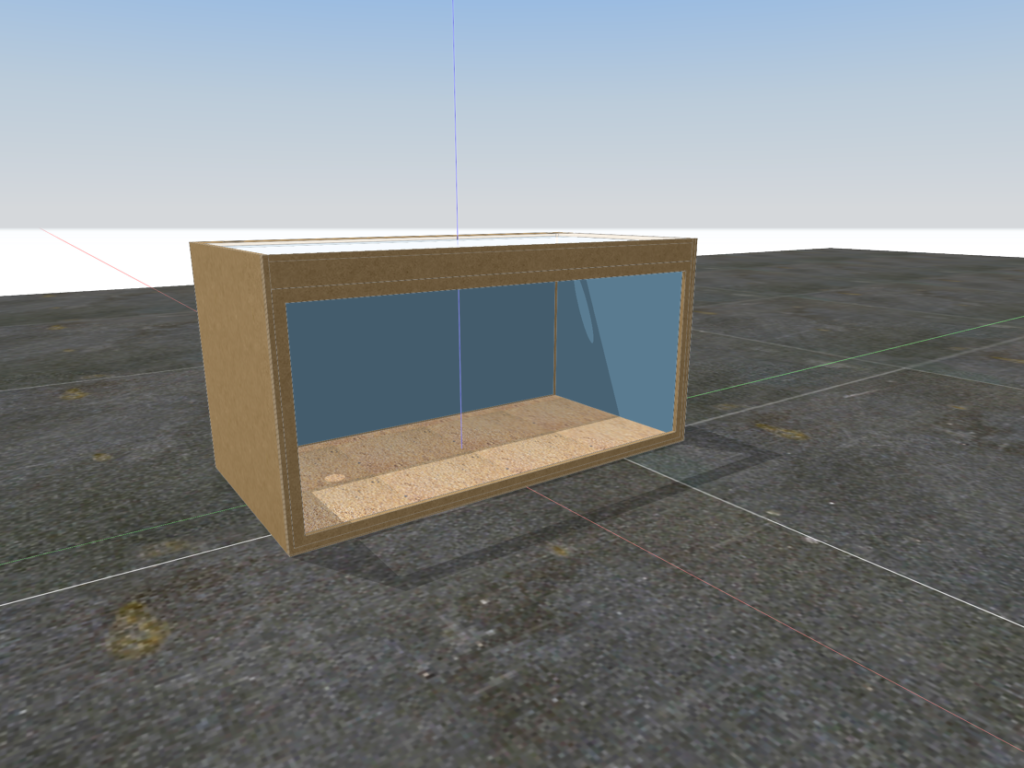
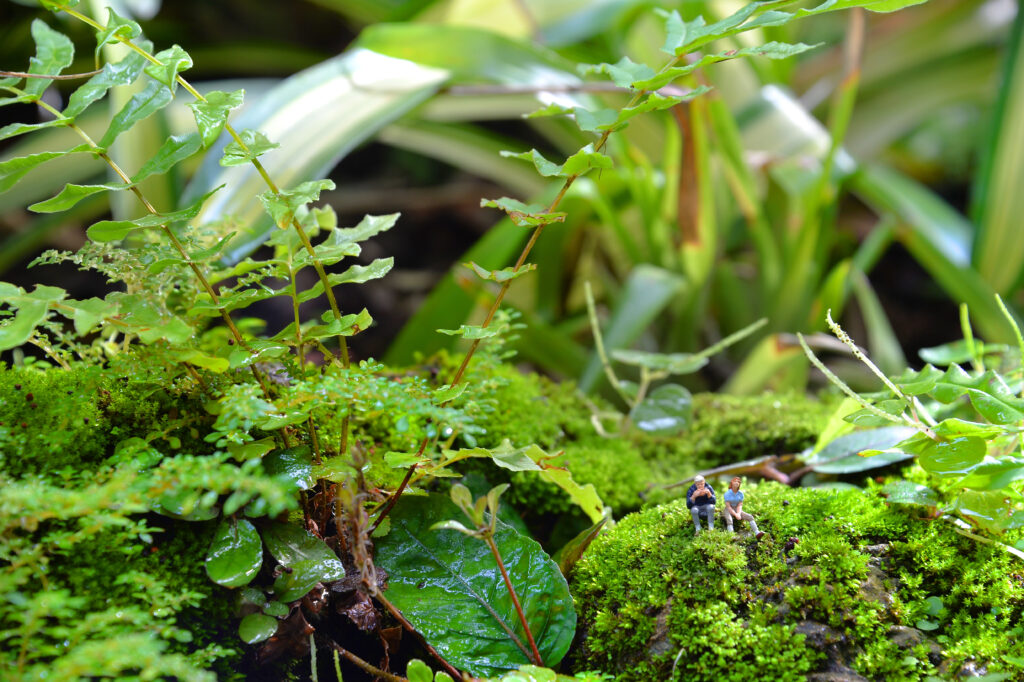
0 Comments